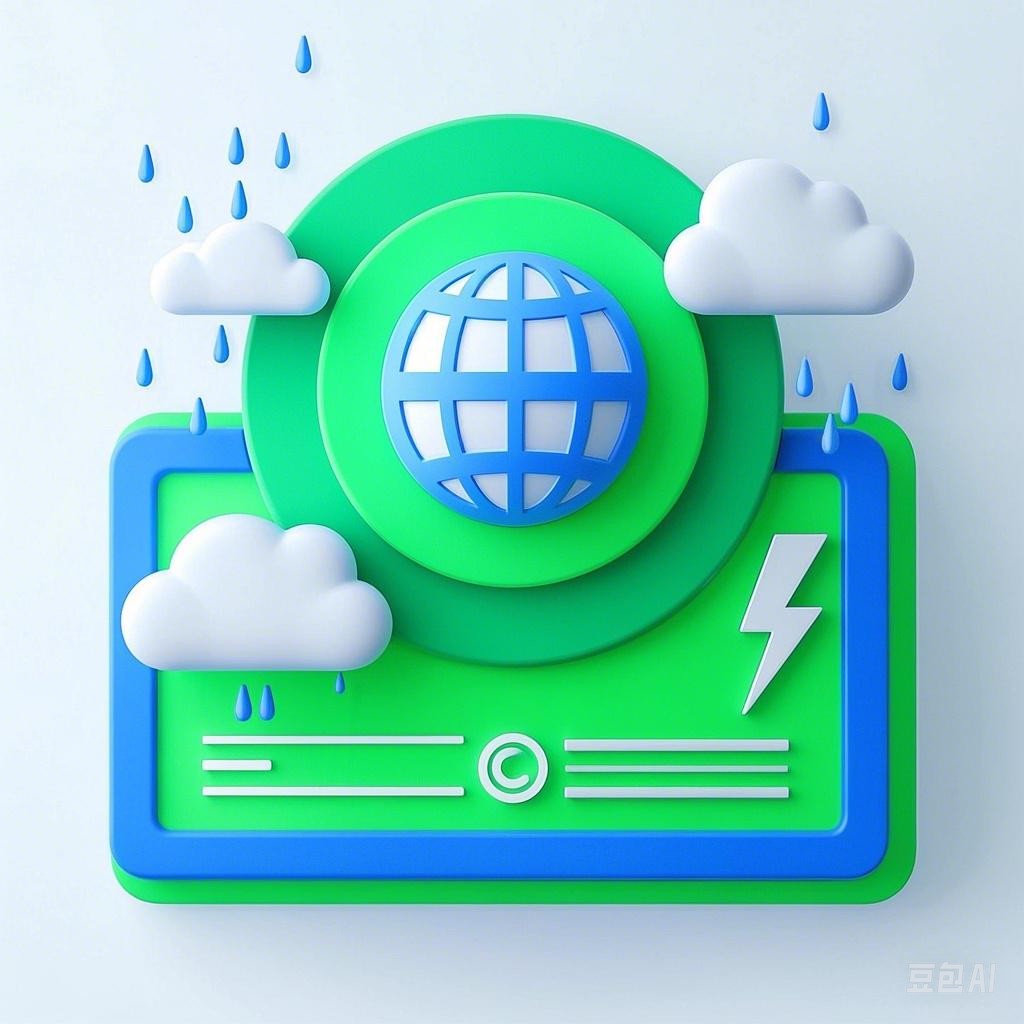Heavy rainfall, often accompanied by storms, can lead to significant damage and disruption. However, the risks posed by such events do not end with the storm’s passing. This article delves into the hidden risks that linger after heavy rainfall, outlining the potential dangers and the steps individuals and communities can take to mitigate them.
Introduction
Heavy rainfall and storms can cause immediate damage, such as flooding, landslides, and property destruction. However, the aftermath of such events can bring about a host of hidden risks that require careful attention. These risks can range from health hazards to long-term environmental and economic impacts.
Health Risks
Waterborne Diseases
One of the most immediate hidden risks following heavy rainfall is the spread of waterborne diseases. Contaminated water can lead to gastrointestinal illnesses, such as cholera and dysentery. This is particularly true in areas where stormwater runoff mixes with drinking water sources.
Mitigation Steps:
- Boil or purify water before drinking.
- Avoid swimming in or coming into contact with floodwater.
- Clean and disinfect any water-damaged items, including dishes and utensils.
Mold and Allergens
Exposure to mold and allergens is another significant health risk. Floodwater can carry mold spores, and damp environments can promote the growth of mold, which can trigger allergies and respiratory issues.
Mitigation Steps:
- Dry affected areas as quickly as possible.
- Remove and dispose of water-damaged materials that cannot be thoroughly cleaned and dried.
- Use mold-killing products and ensure proper ventilation.
Environmental Risks
Ecosystem Disruption
Heavy rainfall can disrupt local ecosystems, leading to the loss of habitat for wildlife and the degradation of aquatic environments. This disruption can have long-lasting effects on biodiversity.
Mitigation Steps:
- Avoid disturbing natural areas that have been affected by flooding.
- Restore wetlands and other natural areas that act as natural buffers against flooding.
Soil Erosion
The force of heavy rainfall can lead to soil erosion, which can degrade agricultural land and contribute to sedimentation in waterways.
Mitigation Steps:
- Implement erosion control measures, such as contour farming and the use of mulch.
- Restore natural buffers, such as vegetation, along waterways.
Economic Risks
Property Damage
The long-term economic impact of heavy rainfall can be significant, as property damage may not be fully covered by insurance or may require substantial repairs.
Mitigation Steps:
- Review and update home insurance policies to ensure adequate coverage.
- Invest in flood-resistant construction and home improvements.
Disruption of Business Operations
Businesses can suffer from disruptions due to storm damage, loss of inventory, or difficulty accessing suppliers and customers.
Mitigation Steps:
- Develop a business continuity plan to minimize the impact of future storms.
- Establish relationships with alternative suppliers and customers.
Community Preparedness
Emergency Response Plans
Communities should have robust emergency response plans in place to address both immediate and long-term risks following heavy rainfall.
Mitigation Steps:
- Conduct regular emergency drills and training sessions.
- Ensure that emergency communication systems are operational.
Public Awareness Campaigns
Public awareness campaigns can educate residents about the hidden risks of heavy rainfall and the steps they can take to protect themselves and their communities.
Mitigation Steps:
- Use various media channels to disseminate information.
- Organize community workshops and seminars.
Conclusion
The aftermath of heavy rainfall and storms presents a range of hidden risks that can have profound impacts on individuals, communities, and the environment. By understanding these risks and taking proactive steps to mitigate them, we can better prepare for and respond to the challenges that lie ahead.
